World Coffee Tour | Guatemala with charming smoky flavor
| | planting history |
Guatemala is located in Central America, where the geographical environment is unique, with North America in the north and South America in the south. Facing the Caribbean Sea and the Gulf of Mexico, the climate is relatively hot and humid, and it has always been an important coffee producing area in the world.
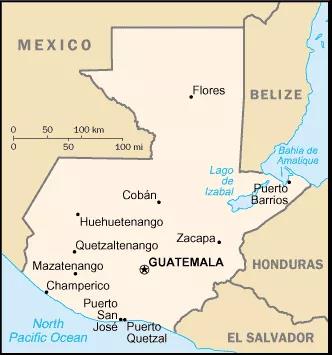
Guatemala knew how to grow and drink coffee as early as 1747, and Father Jesuit introduced coffee trees to Guatemala in 1750. In 1845, with the establishment of the Coffee planting and Promotion Committee, coffee became an important cash crop in the region. Under the strong promotion of the government, coffee accounted for 90% of Guatemala's total exports in 1880. in order to obtain greater production, those in power targeted indigenous land, forcing them to sell their land and move to more barren places.
The second exploitation came from large enterprises. During the Great Depression of the global economy in 1930, the Jorge Ubico in power tried to drive down costs in order to stimulate the export market, and at the same time ceded more power and land to the United Fruit Enterprise Center (UFC) in the United States.
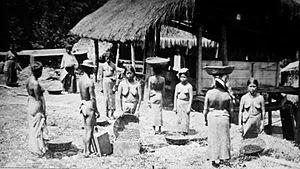
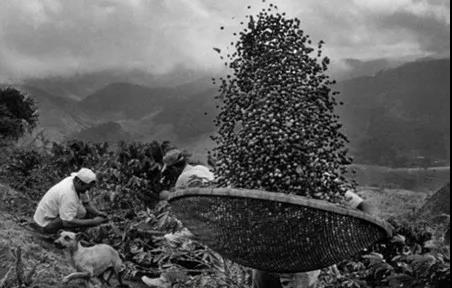
After Jorge Ubico stepped down, the incoming president, Arbenz, wanted to reclaim some land in UFC and redistribute it to farmers, but in 1954 the Arbenz government was overthrown by a coup launched by the CIA of the CIA. Poverty, uneven distribution of land, famine, discrimination against indigenous peoples and other factors led to civil war (1960 Murray 1966), but these problems still exist today.

In the early days, many coffee farmers revolved the finances of coffee farms by borrowing from their families, but later, with the investment of foreign companies, these foreign companies gradually bought the plantations and took over coffee production in Guatemala. Most of Guatemala's coffee industry is now produced in the south of the country.
| | Geographic conditions |
Guatemala produces about 3.5 million bags of coffee every year, and raw coffee beans account for 40% of the country's total agricultural exports. This country, which mainly grows and exports coffee, has fertile soil suitable for coffee trees, suitable climate, abundant water resources and high altitude planting height.
Guatemala is located in the tropics and has many volcanoes. The northern and eastern coastal plains have a tropical rain forest climate, while the southern mountains have a subtropical climate. The year is divided into two dry and wet seasons, with the wet season from November to October and the dry season from November to April of the following year. The annual precipitation in the northeast is 2000ml / m ~ 3000mm, while that in the south is 500m / m ~ 1000mm. The forest accounts for half of the country's area and is the location of the best latitude for coffee production. Because coffee is an important cash crop in the area, it has given rise to a rich coffee culture. People drink coffee every day. Most people have a cup of coffee for lunch.

The average elevation of dangerous countries is high, with coffee belts distributed above 1500 meters and between 14 and 16 degrees north latitude, it is the easiest to grow extremely hard beans, all of which are washed, of which 45% belong to fine grade, the proportion is quite high, and there are also a small amount of Robusta.
| Coffee rating
Like Costa Rica, El Salvador, Mexico, Honduras and other Central American countries, Guatemala's classification is based on altitude. Coffee produced at high altitudes is generally of higher quality than at lower altitudes, because the higher the altitude, the lower the temperature. At high elevations, the slower the coffee grows, the more beneficial it will be to the accumulation of good substances. That's why there is a way to classify quality by altitude.
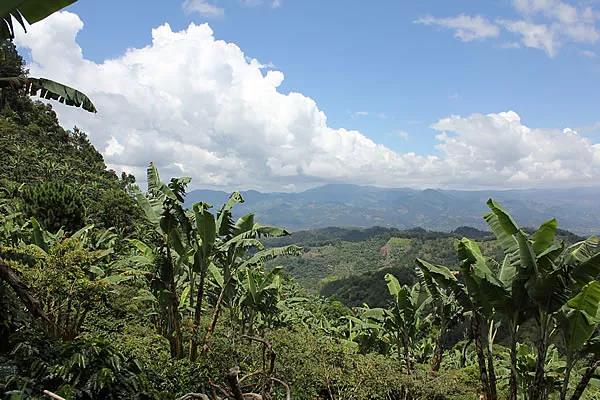
The higher the altitude, the higher the density of coffee beans and the higher the grade of raw coffee beans:
SHB (extremely hard beans): planted at 1500-1700 meters above sea level
HB (hard beans): planted at 1350-1500 meters above sea level
SH (slightly hard beans): planting is 1200-1350 meters above sea level
Extra Prime (extra high quality water washed beans): plant 1000-1200 meters above sea level
Prime (high quality water washed beans): planted at an altitude of 850m-1000 m
Good Washed (good quality washed beans): planted at an altitude of 700Murray 850 meters.
| | handling method |
The treatment in Guatemala is mainly water washing and a small amount of sun exposure.
First, after harvesting ripe coffee fruit, first pick out impurities and inferior beans and screen floating beans, so far they are all the same as the sun method.
Second, remove the pulp
The fresh fruit is sent to the pulp screening machine (pulping machine) to remove the peel and pulp, and the immature fruit will be screened at this stage because it is not easy to separate the pulp. After the pulp screening machine, all that is left is pectin, sheepskin and seeds.
Third, ferment to remove pectin
Transfer the peeled seeds with pectin into the fermentation tank. Although the name is water [washing] method, in fact, it does not really wash away pectin, but through the fermentation process, pectin is removed by biodecomposition. The fermentation process is about 16 Mel 36 hours, during which it must be stirred frequently to speed up the separation of pectin from the seeds. Water washing fermentation produces acid substances such as citric acid, malic acid and acetic acid, which seep into raw beans, making the beans sour more sour than in the sun. After the fermentation is completed, it is really washed-- wash the beans again.
IV. Drying
After washing, you also need to be insolated or machine-dried to reduce the water content to 12%. Washing method because the flesh has been removed, so in the drying process, do not have to worry about easy mildew like the sun method. Dried sheepskin raw beans, which are not as hard as the sun-cured peels with pulp, can be obtained by hulling.
| | production area description |

The National Coffee Association of Guatemala (ANACAFE) is roughly divided into eight producing areas according to the conditions of coffee flavor, climate, soil and altitude.
Antigua (Antigua)
The Antigua producing area is located in the entire area of the Madre plateau in the opographically Mountains that pass through Guatemala. Because of its natural conditions, Antigua has become the most famous of the eight major producing areas in Guatemala. High altitude, unique volcanic soil, shade planting, so that coffee beans have a unique flavor.
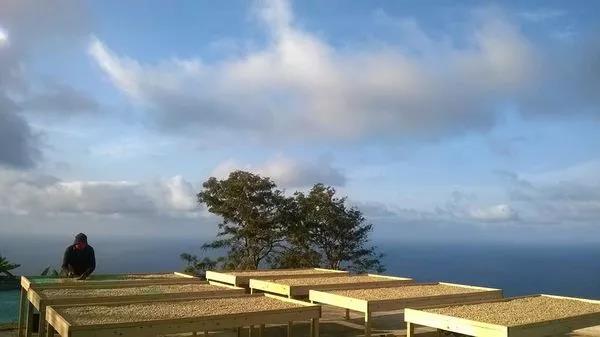
Antigua has little rainfall in summer and occasionally frosts because it is too cold in winter, which is actually not suitable for the growth of coffee trees, but fortunately it is located in the active volcanic zone. After the volcanic light stone falls into the soil after cooling, because these light stones have many fine holes, they are very easy to moisturize. In addition, a large number of shade trees are planted in the manor, so that coffee trees will not suffer cold damage in winter, these factors to overcome adverse conditions. Coupled with the great temperature difference between day and night, Antigua forms a unique micro-climate, making the coffee beans here have a light smoky flavor and strong fruity aroma.
Altitude: 1500-1700 m
Harvest time: January-March
Vivette Nanguo (Huehuetenango)
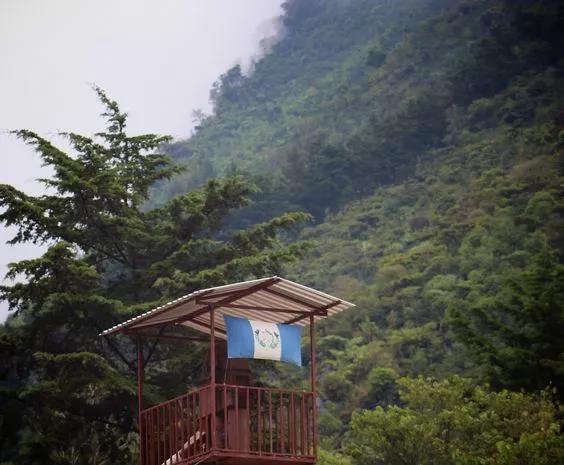
Vivette Nango is an important coffee producing area in Guatemala, and its name is also interesting to pronounce. The name comes from Nahuatl, which means "land of the ancients (or ancestors)." Unlike Antigua, the coffee from Vivette Nanguo has a fragrant, clear fruit flavor (fruity flavors) and a refreshing flavor. Due to the high altitude, the coffee beans are of better quality, rich taste and full grains, which are favored by the European royal family.

Vivette Nan Fruit is located in the highlands of northwestern Guatemala and is planted at an altitude of 1800 Murray 2100 meters. it is the highest coffee producing area in the country and is famous for producing high quality beans. Due to the large number of rivers and lakes in Guatemala, the Vivette Nanguo region is rich in mountains and water resources, dry climate but abundant water resources, and complete water conservancy facilities in the region, coffee is mostly washed and processed.
Altitude: 1500-2000 m
Harvest time: January-April
Class (Coban)
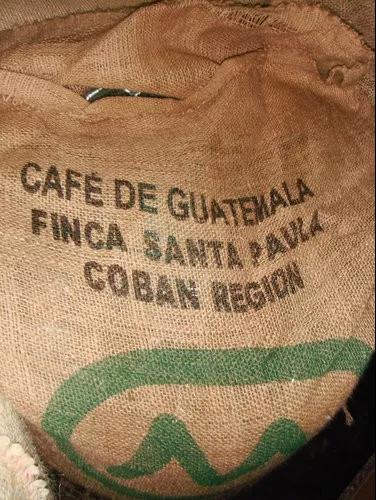
The Copan coffee producing area is located in Alta Verapaz province, 220km from Guatemala City, which is famous for its unspoiled natural environment and unique microclimate. Alta Verapaz is geographically close to the northern province of Peten, which is the core of Mayan culture and the source of the largest tropical rainforest in Central America and Guatemala; looking south, you face the contrast between mountains, high-altitude mountains and high-humidity rainforests above 1600 meters above sea level. The area is always shrouded in mist formed by dense clouds falling. The name "Koban" comes from the Q'eqchi language "Cob'An", which means "foggy place".
The coffee producing area is located in the cloud-shrouded forest in the depths of Alta Verapaz, a non-volcanic area covered with limestone and clay, with cool and humid environment. It is often shrouded in the famous "Chipi Chipi" (persistent drizzle). The mist moistens every inch of Koban, and the mist comes from the thick fog formed when the air of the humid tropical rain forest floats to the high altitude of Koban.
Altitude: 1300-1500 m
Harvest time: December-March of the following year
Lake Attilan (Atitlan)
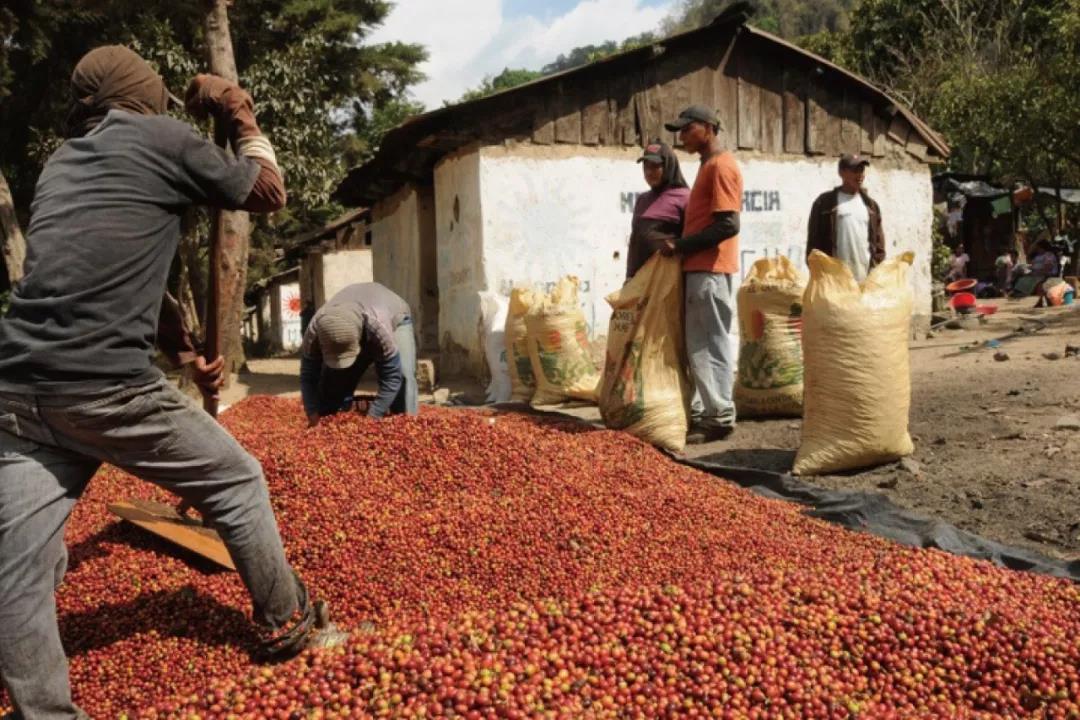
Of the three major volcanic producing areas in Guatemala, there is the most organic matter in the soil. 90% of the coffee plants are planted along extremely steep volcanic slopes, and the daily cool breeze from the Atitl á n lake gives the region's microclimate its own style and characteristics. Lake Attilan is one of the four volcanic coffee producing areas in Guatemala. The soil around the lake is very fertile, and the lake edge is still 1500 meters above sea level. It is also the largest and most famous high-altitude volcanic lake in Guatemala.
Altitude: 1500-1700 m
Harvest time: December-March of the following year
Farahan Plateau (Fraijanes)
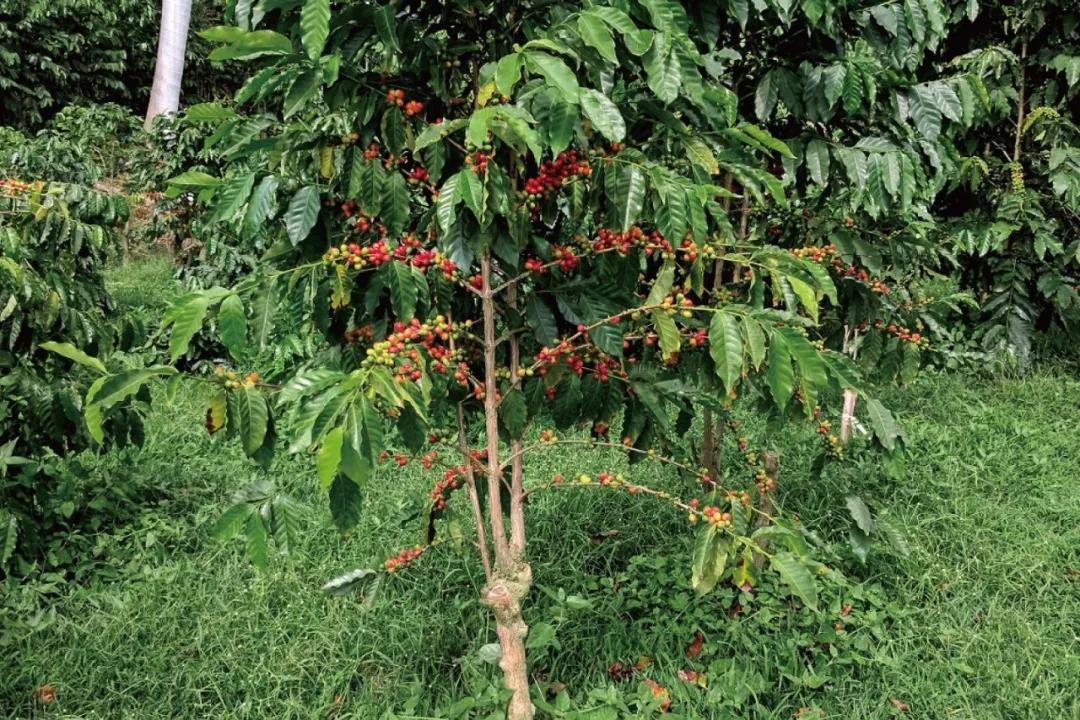
The Fraijanes producing area is surrounded by the capital, Guatemala City, with high altitude, abundant rainfall and great humidity variation. Ash from Pacaya, Guatemala's most active volcano, provides important minerals for the region's soil, but occasionally has an impact on human safety and infrastructure.
The unique geographical conditions of the Farahan Plateau-volcanic soil, high altitude, humid and rainy climate, active volcanic activity. The Pacaya volcano in the region is the most active of the three still erupting volcanoes in Guatemala, leaving the Farahan Plateau often shrouded in a thin layer of dust and providing plenty of minerals for the soil of the Farahan Plateau. The dry period of coffee beans is the sunny season on the Farahan Plateau. Although it is often cloudy and foggy in the early morning, it will dissipate quickly, ensuring sun conditions in the area.
Altitude: 1400-1800 m
Harvest time: December-February of the following year
San Marco volcano producing area (Volcanic San Marcos)
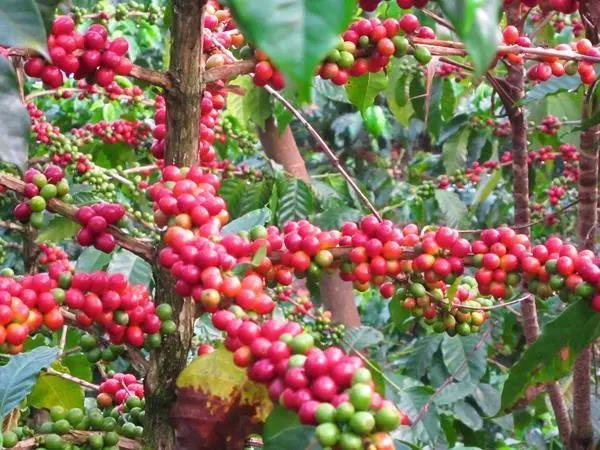
In ancient times, violent volcanic eruptions created the terrain of Guatemala's mountains, plateaus and large amounts of water resources, which is now the coffee-producing area. Located in San Marcos, Santa Maria erupted in 1902 with the largest eruption since the 20th century and the largest eruption in Central America in a thousand years. A large amount of volcanic ash blocked out the sun and caused the global temperature to drop by half a degree. All coffee farms are buried in volcanic ash, resulting in a 75% drop in coffee production, which took 20 years to recover, but also has rich volcanic ash soil.
It has the warmest climate of the eight coffee producing areas and has the heaviest rainfall, reaching 200in (5000 mm). The rainy season comes earlier and blossoms earlier than in other areas. Like all remote coffee producing areas in Guatemala, most estates in San Marco have their own washing plants, which are then half-dried in the yard and then dried at a low temperature.
Altitude: 1300-1800m
Harvest season: December-March of the following year
Ackernan Fruit producing area (Acatenango)
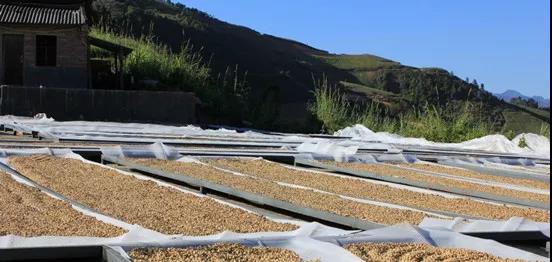
Guatemala is a very unique coffee producing area. Acanango is the smallest of the eight largest coffee producing areas in Guatemala. It is located on the hillside of Acanango volcano, with an average elevation of 1600 meters. Its soil is rich in volcanic mixtures, new ash from nearby Fuego volcanoes that often erupt.
The microclimate of this producing area is characterized by four distinct seasons, allowing farmers to sun-dry their coffee in spring, filling coffee trees with abundant Rain Water to keep humidity in summer, and warm and humid sea breezes from the Pacific Ocean in winter to protect coffee from the cold.
The coffee production area of Akernango revolves around the Arcatel Nangot Valley, named after the volcano. In the past, many producers sold coffee to coyotes, through which the fruit was exported to the Antigua region and processed there. This is because Antigua coffee has a good reputation and can be sold at a higher price. This practice is not very common now, since the coffee produced in the Arcatel Nango specialty area produces excellent coffee beans and has become more and more widely recognized, making the coffee beans in the area not only profitable but also traceable.
Altitude: 1300-2000 m
Harvest time: December-March of the following year
New Oriental producing area (New Oriente)
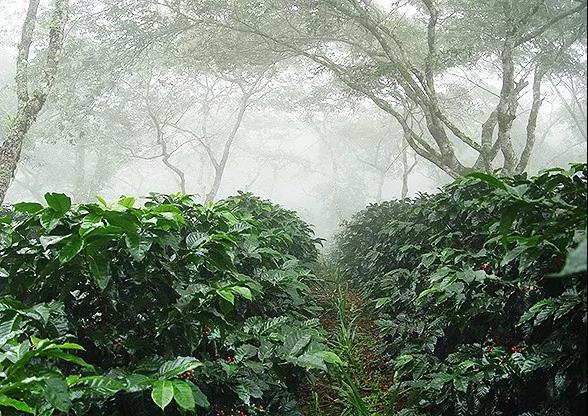
New Oriental is the youngest coffee producing area in Guatemala. Rain Water is abundant here, under the shade of clouds for many years, the climate is similar to the producing area of Koban rainforest. In ancient times, it was a volcanic area, where the soil was made up of metamorphic rocks, so it was rich in minerals. The New Oriental District used to be the poorest area in Guatemala before it began to grow coffee. Since the 1950s, farmers in the mountains have started growing coffee on the natural, nutritious land here. Gradually, it has become a rising star in the Guatemalan coffee industry.
Altitude: 1300-1700 m
Harvest time: December-March of the following year
| Coffee type
Dangerous country coffee varieties are mainly bourbon, iron pickup, Kaduai, Kaddura, there are also a small number of yellow bourbon, Rosa and Pacamara, the variety is quite diverse, but it is also commendable to retain the ancient tin pickup and bourbon.
Pacamara is a hybrid of Pacas Pacas and Marago Rippi Maragogype found in El Salvador in 1950.
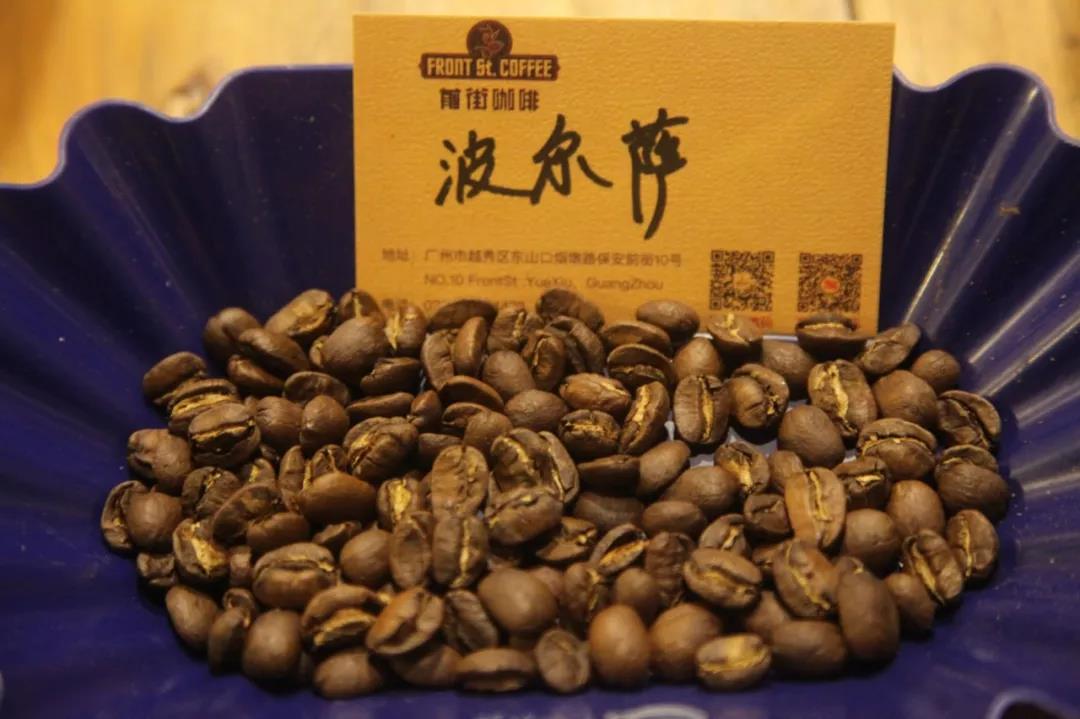
First bred by Salvadoran researchers in 1958, Pacamara is a rare breed that has the excellent taste of Pacas and the large size of Maragogype, with beans at least 70%-80% larger than elephant beans. The biggest characteristic of this variety is sour and lively, sometimes biscuit fragrance, sometimes fruit fragrance, excellent thickness and grease feeling.
| ANACAFE
The Guatemala Coffee Association (Asociación Nacional del Café, Anacafé) was founded in 1960 and represents all coffee producers in Guatemala. The Guatemala Coffee Association was founded by the pioneers of the International Coffee Organization, continuing the centralized statistical work of coffee production established by La Oficina Central del Café, established by the central government of Guatemala in 1928.
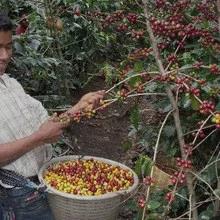
The Guatemalan Coffee Association established the Guatemalan coffee brand and defined coffee from eight different origins under the slogan "one Rainbow Choice (A Rainbow of Choices)". Eight regions are divided into Antigua producing area (Antigua Classic), Vivette Nanguo producing area (Huehuetenango), Koban Rainforest producing area (Rainforest Coban), Attilan producing area (Traditional Atitlan), Farahannis Plain producing area (Fraijanes Plateau), San Marco producing area (Volcanic San Marcos), Akatian Fruit producing area (Acatenango) and New Oriental producing area (New Oriente).
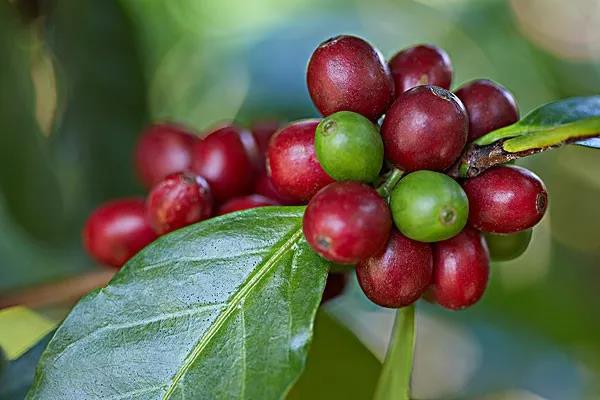
The Guatemala Coffee Association also runs a coffee laboratory called Analab, which promotes coffee awareness programmes for children and publishes El Cafetal magazine. The Guatemala Coffee Association represents Guatemala at meetings of the International Coffee Organization and receives financial income only from fees related to coffee exports.
Important Notice :
前街咖啡 FrontStreet Coffee has moved to new addredd:
FrontStreet Coffee Address: 315,Donghua East Road,GuangZhou
Tel:020 38364473
- Prev

Costa Rica | Brenka Brunca producing area | Treasure Manor | Coffee beans treated with black honey
For more information on coffee beans, please follow the coffee workshop (Wechat official account cafe_style) front street coffee Costa Rica Coffee | Costa Rican Angel Manor Global only 85 kg | Rose Summer 2018 Panamanian Jade Manor Red Standard Sun | Blue Standard Water washing | Green label Sun Treasure Manor (Finca La Guaca) is located in the beautiful Branca.
- Next

What kind of coffee is Indian monsoon Maraba? introduction to the natural drying method of special sun in India
Professional coffee knowledge exchange more coffee bean information please follow the coffee workshop (Wechat official account cafe_style) Indian coffee was brought into the establishment of the first coffee farm by pilgrims as early as the 16th century. You may not imagine that India produces much more coffee than Ethiopia and any Central American country, with 900000 hectares of land growing coffee beans and about 140000 in India.
Related
- Does Rose Summer choose Blue, Green or Red? Detailed explanation of Rose Summer Coffee plots and Classification in Panamanian Jade Manor
- What is the difference between the origin, producing area, processing plant, cooperative and manor of coffee beans?
- How fine does the espresso powder fit? how to grind the espresso?
- Sca coffee roasting degree color card coffee roasting degree 8 roasting color values what do you mean?
- The practice of lattes: how to make lattes at home
- Introduction to Indonesian Fine Coffee beans-- Java Coffee producing area of Indonesian Arabica Coffee
- How much will the flavor of light and medium roasted rose summer be expressed? What baking level is rose summer suitable for?
- Introduction to the characteristics of washing, sun-drying or wet-planing coffee commonly used in Mantenin, Indonesia
- Price characteristics of Arabica Coffee Bean Starbucks introduction to Manning Coffee Bean Taste producing area Variety Manor
- What is the authentic Yega flavor? What are the flavor characteristics of the really excellent Yejasuffi coffee beans?

